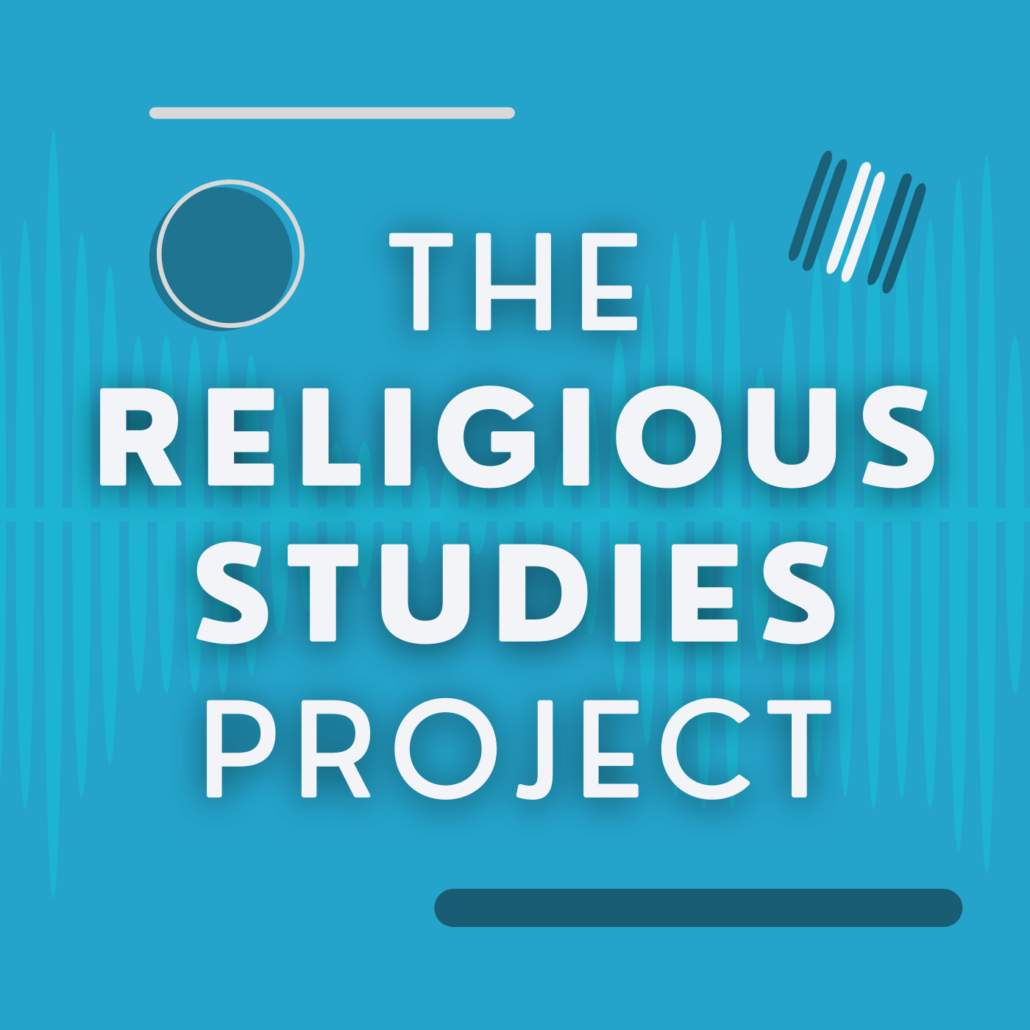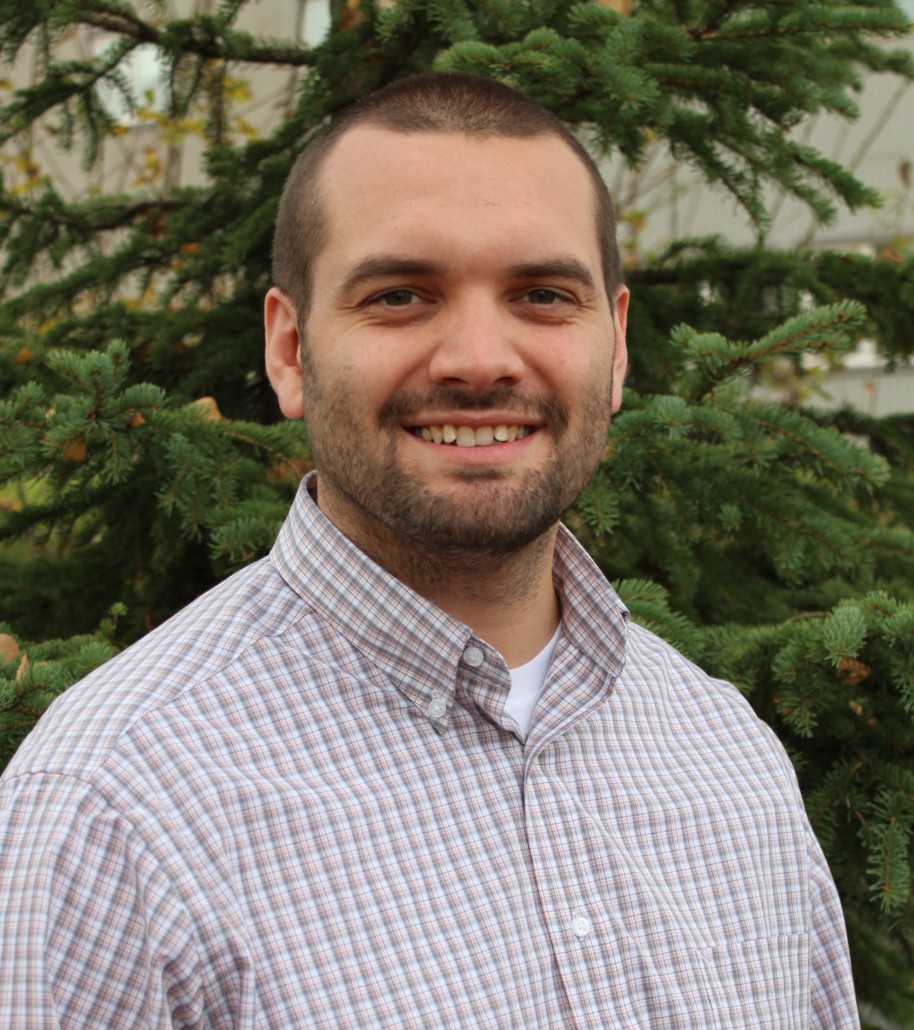A Jew, Muslim, Christian, and non-believer were all in the same room for the same reason: Where were they? They were at Duke University attending Dr. Harold Koenig’s summer workshop on conducting research in religion and health this past summer. My response to Thomas Coleman’s interview with Dr. Harold Koenig will draw on my personal experience attending Dr. Koenig’s research course. I would like to relate just a couple thoughts of my own that hopefully will encourage more scholars, scientists, and professionals from a variety of disciplines to engage in the collaborative endeavor of religion, spirituality, and health.
At the workshop there were a variety of disciplines, professions, and faiths represented. These attendees were all similarly interested in religion and health research and came from various parts of the contiguous United States, Alaska, Canada, Turkey, and Israel. They were made up of students, professors, directors, and professionals. They represented oncology, psychology, nursing, public health, social work, geriatrics, palliative care services, religious studies, sociology, psychiatry, pharmacotherapy, communication and interactive technology, and clergy. There were hospital and Veterans Affairs chaplains, senior pastors, a family physician, organizational consultant, occupational therapist, molecular biologist, and a variety of education and training supervisors.
I attended the workshop as a Ph.D. student from the University of Alaska’s Clinical-Community Psychology Program with a Rural, Indigenous Emphasis. Entering the world of clinical psychology is fraught with many– if not limitless– opportunities and challenges. In a doctoral program such as my own, we train under a model that prepares us to become competent in conducting scientific research and also competent practicing clinicians. When “rural” and “indigenous” emphases are added to the already existing challenges of clinical psychology, one is quickly confronted with further philosophical, historical, and theoretical considerations. “Scholar” ends up being added to the requisites of “scientist” and “practitioner.” One area of interest of mine is contact between indigenous spirituality and Western religions. I have become increasingly interested in conceptions of conversion and contemporary syncretistic religious practices in indigenous communities. Theoretical research interests are, for me, very much tied to culturally sensitive service delivery. Thankfully, I have benefited from several helpful and accessible handbook resources pertaining to work done in the broad field of the psychology of religion and spirituality (Hood, Hill, & Spilka, 2009; Miller, 2012; Paloutzian & Park, 2013; Pargament, Exline, & Jones, 2013; Pargament, Mahoney, & Shafranske, 2013). Dr. Koenig’s week-long intensive workshop was for me a perfect introduction to conducting research a bit more broadly in religion and health. Aside from all I learned, I have come away from the workshop reflecting on two general topics.
Researching While Preserving Religion For Its Own Sake
At the workshop I found it interesting to observe how many attendees were members of, or affiliated with, clergy services. A recurrent concern brought up during the week was the lack of appreciation for clergy’s role in patient care and within the healthcare system. Accordingly there was a recurrent interest to find ways to prove– through various types of research– the utility (or worthiness if you will) of clergy and faith being addressed in health care. Shuman and Meador (2003) have warned of what I might describe as the colonization of religious devotion and practices by Western medicine. It carries with it cultural forces such as individualism, consumerism, and a utilitarian ethic. They caution that a type of faith-for-health exchange will likely–and in the case of Christianity has already– distort particular faith traditions. By practicing particular, and research-approved, religious practices, patients can expect increased health. The additional caution is a resulting distortion of religious conceptions of health and the value of life in the face of modern medical technology and industry. Though Shuman and Meador write from a Christian perspective, I believe their caution is worthy of reflection by a broader audience.
Recently my wife returned home from taking our son to the playground. She was distraught by an observation she had made. She described witnessing another woman accompanying her daughter at the playground. The daughter was whining that she wanted to go home, to which the presumably concerned and well-intentioned mother replied, “the whole point of being here is to get exercise.” She seemed to be sending the message that the playground was a tool for exercise rather than fun or play. Two weeks ago I was looking at a description of a toy my wife and I had purchased for our son as a Christmas gift. I started noticing curious descriptive trends among the other toys in the catalog. One stated, “Keep baby endlessly fascinated and visually stimulated. Encourages fine motor skills and teaches cause and effect.” “For ages 10-24 mos.” I remember exclaiming out loud, “That’s it! Our society is officially killing play!” Sure, research has discovered many good and healthy things that play helps develop in children, but it works that way because it is play! Not work! What once was enjoyed as ‘fun’ and ‘play’ are now explicitly being justified and used instrumentally rather than simply enjoyed. I think these observations may be an anecdotal parallel to the concern of preserving the set-aside or sacred elements of religion for their own sake. To what end might we allow religious health interventions to mimic this trend? As I have had more time to think about this observation at the workshop, I am beginning to worry that clergy feeling the need to conduct their own research to prove their value in healthcare settings may be a sign that the faithful are starting to identify with (or at least play by the rules of) their scientific captors.
Importance of Interdisciplinary Collaboration
As I flew all the way back home from the workshop I felt charged and encouraged by the atmosphere of Duke and the company I had been in. However, I confess that, more often than not, I view the field of religion & health as utterly overwhelming and often unreasonably complex. Challenges and opportunities sometimes seem more like problems and insurmountable barriers. This is compounded by the often general sense of awkwardness and even mistrust between the humanities, the social, and the natural sciences.
But treating the human being is complex. Philosopher Hubert Dreyfus (2011) described medicine as necessarily combining both the natural sciences and the human sciences. Humans are both natural-biological beings and embodied agents that also require interpretive understanding. As such, medical practice (and the like) span various levels of analysis and explanation. These levels include the biological and the hermeneutical. By studying religion’s relationship with health, the research will even more broadly span what Ann Taves (2011) summarized as subject-oriented disciplines (e.g. biology & psychology) and disciplines defined by their object of study (e.g. religion, music). Because of this breadth and complexity there is no doubt in my mind of the need for further interdisciplinary collaboration when studying religion and health. I like the phrase used by Emmons and Paloutzian (2003) more than ten years ago calling for a “multilevel interdisciplinary paradigm” approach. We will surely reap further rewards when scholars, scientists, and professionals approach religion and health from a variety of fields and a variety of faith and nonreligious traditions. Because religion and health research investigates both ‘objects’ and ‘subjects’ of study we will surely need a variety of levels of explanation and must continue to enhance collaboration. Interdisciplinary collaboration may also want to keep in mind the position that “causality does not exhaust meaning” (Teske, 2007 p. 94). I am hopeful that, collectively, we can prevent the hijacking of religious devotion from becoming colonized by other value systems. I hope interdisciplinary collaboration will prove to be more of an opportunity than a barrier and can honor and preserve the things we set aside even as we study them.
I sensed that this collective and interdisciplinary spirit was present at the heart of Dr. Koenig’s workshop as was evidenced by the diversity represented by the attendees. The variety of us together in the same room interested in the same general topic of religion and health research was what I enjoyed most during my week at Duke. Dr. Koenig is not only highly practical and productive, but also appeared warm and friendly. He seems to be one of those people that has the incredible ability to review and summarize massive amounts of information and research (e.g. Koenig, King, & Carson, 2012), but also maintains the demeanor of a gracious and attentive mentor– a welcome relief in the rigors of academia. The workshop balanced class didactics with interpersonal exchange of learning and friendship. We sat together in class and also shared meals while discussing everything from theory and method to pop-culture trivia over chicken and waffles. If you are interested in religion and health research and are from any discipline– or no discipline at all– I would gladly recommend attending the summer workshop with Dr. Koenig.
References
Dreyfus, H. L. (2011). Medicine as combining natural and human science. Journal Of Medicine & Philosophy, 36(4), 335-341.
Emmons, R. A., & Paloutzian, R. F. (2003). The Psychology of religion. Annual Review Of Psychology, 54(1), 377.
Hood, R. W., Jr., Hill, P. C., & Spilka, B. (2009). The Psychology of religion: An Empirical approach (4th ed.). New York, NY: Gilford.
Koenig, H., King, D., & Carson, V. (2012). Handbook of religion and health (2nd ed). New York: Oxford University Press.
Miller, L. (2012). Oxford handbook of psychology and spirituality. New York: Oxford University Press.
Pargament, K. I., Exline, J. J., & Jones, J. W. (Eds.). (2013). APA handbook of psychology, religion, and spirituality (Vol 1): Context, theory, and research. Washington, DC US: American Psychological Association.
Pargament, K. I., Mahoney, A., & Shafranske, E. P. (Eds.). (2013). APA handbook of psychology, religion, and spirituality (Vol 2): An applied psychology of religion and spirituality. Washington, DC US: American Psychological Association.
Paloutzian, R. F., & Park, C. L. (Eds.). (2013). Handbook of the psychology of religion and spirituality (2nd ed.). New York, NY: Guilford Press.
Shuman, J. J., & Meador, K. M. (2003). Heal thyself: Spirituality, medicine, and the distortion of Christianity. Oxford, England: Oxford University Press.
Taves, A. (2011). 2010 Presidential address: “Religion” in the humanities and the humanities in the university. Journal Of The American Academy Of Religion, 79(2), 287-314.
Teske, J. (2010). Narrative and meaning in science and religion. Zygon: Journal Of Religion And Science, 45(1), 91-104.



